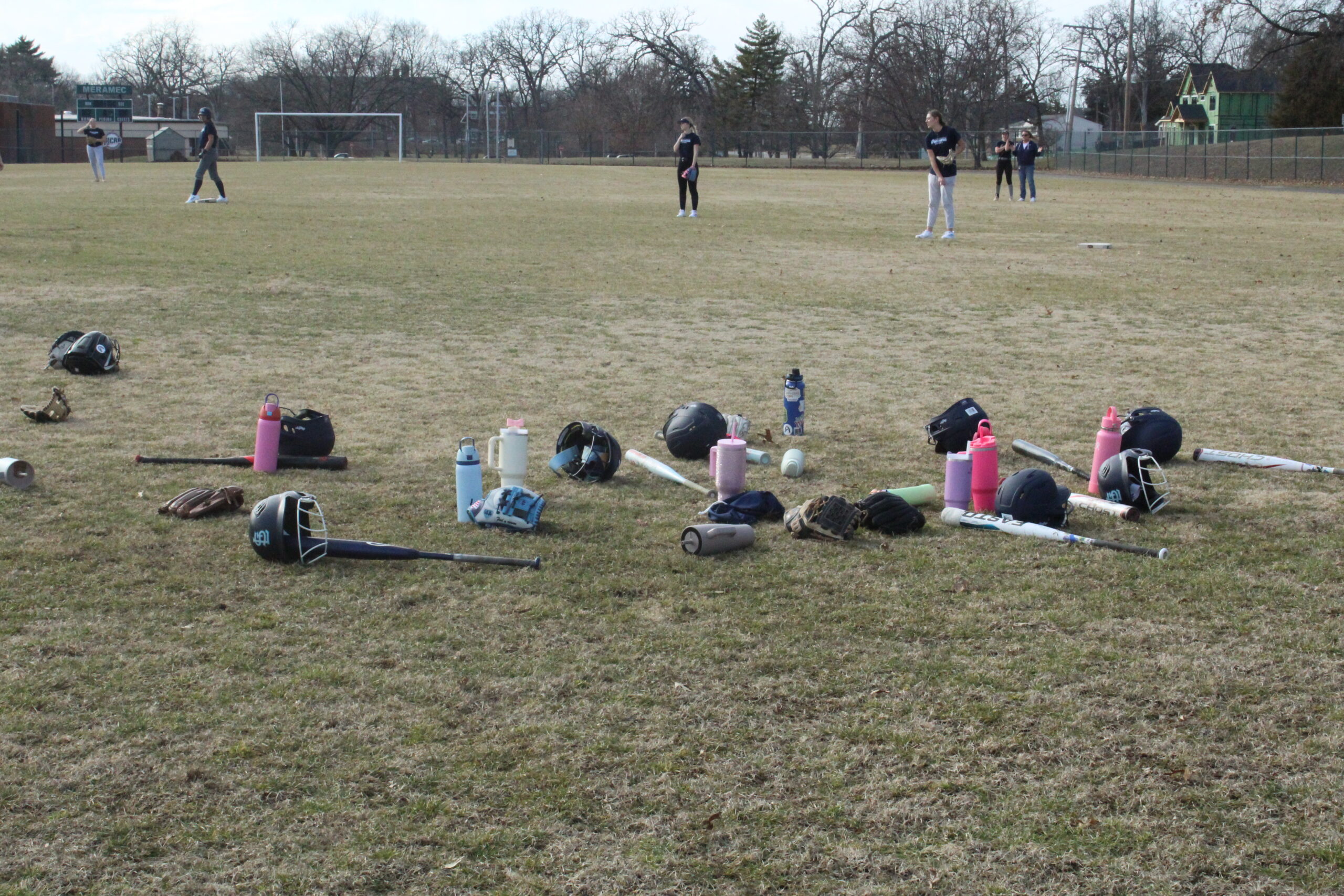Meramec wrestling rich in honor, tradition
Spencer Gleason
– Sports Editor –
Throughout the years one name has been connected with STLCC-Meramec wrestling—Ron Mirikatani. Mirikatani never wrestled in high school because his school didn’t offer a wrestling program, but he became head coach of the Meramec Warriors in 1970. Only a month prior to Mirikatani taking the position, Mirikatani’s wife, Janet, gave birth to their son, David.
The Warriors were in their infancy and just coming out from the direction of Head Coach Paul Daker, who led them to an 8-3-3 record their initial season.
After an 8-6 record in the 1969-1970 season, Daker moved to Colorado, which opened a coaching vacancy in the already prominent wrestling program at Meramec, and in stepped Mirikatani.
Although a February 1971 issue of The Montage described the 1970-1971 season as “bleak,” Mirikatani soon had the Warriors wrestling their way to the top of the rope. In 1973, six grapplers made their way to nationals.
Early on, however, Mirikatani realized that the lack of a “big man” presented an adversity for his Warriors to battle through.
“We’ve had some boys wrestling in heavier classes than they should be in,” said Mirikatani in a 1977 Montage article. “We just don’t have the big wrestlers. Most of them are football players, and with no football program, we lose them to the bigger schools.”
Enter Mitch Shelton. Shelton stood 6’3” and weighed 365 pounds. As a freshman, Shelton had a record of 20-4 and finished third in the National Junior College Athletic Association (NJCAA) National Tournament.
As a sophomore, Shelton’s wrestling ability continued to soar to 43-2, and a fourth place finish nationally in 1981 led him to transfer to the University of Oklahoma.
When the 1990s started, the now grown-up David Mirikatani had made a name for himself in the world of wrestling, becoming one of the most highly talented high school wrestlers in Missouri. He decided to begin his college wrestling career at Meramec.
In 1991, Mirikatani began to learn the difference between the two levels of wrestling.
“We’ve been going over technique, mostly because what works in high school doesn’t work in college,” said Mirikatani in a Nov. 1991 Montage article. “But you can lose before you hit the mat if you’re not in control mentally. There are no easy matches at this level.”
Mirikatani finished his freshman year with a record of 31-7. His second year proved to be even better in the win column with a record of 42-3-1. Both years Mirikatani reached the achievement of NJCAA All American. At a level where there are “no easy matches,” Mirikatani won nearly 87 percent of his bouts. Hindsight is twenty-twenty.
In 1998, both Mirikatanis entered the Meramec Magic Hall of Fame together—father and son.
When 2000 started, with the new millennium came a new name for Meramec athletics. The Warriors became the Magic.
In 2002 and 2003, All American wrestler Nick Vogt finished runner-up in the NJCAA national tournament. Vogt also received the Sportsmanship Award and was elected into the Meramec Magic Hall of Fame in 2006. Vogt’s 77 wins during his Meramec wrestling career is an all-time school record.
In October 2009, Mirikatani was relieved of his head coaching duties. Former Magic wrestler Nick Vogt resumed the duties.
And so the moment has come. There are no more grapplers, no more Warriors or Magic. All that is left are the sounds of echoes of past wrestlers’ cheers as the lights go out in the now locked practice gym. Posted on the double doors are signs naming this year’s All Americans: Craig Chiles, Quinten Hayes, Tyler Holloway, Anthony Saulle and John Vogt—and this year’s last champ, Deron Winn.











